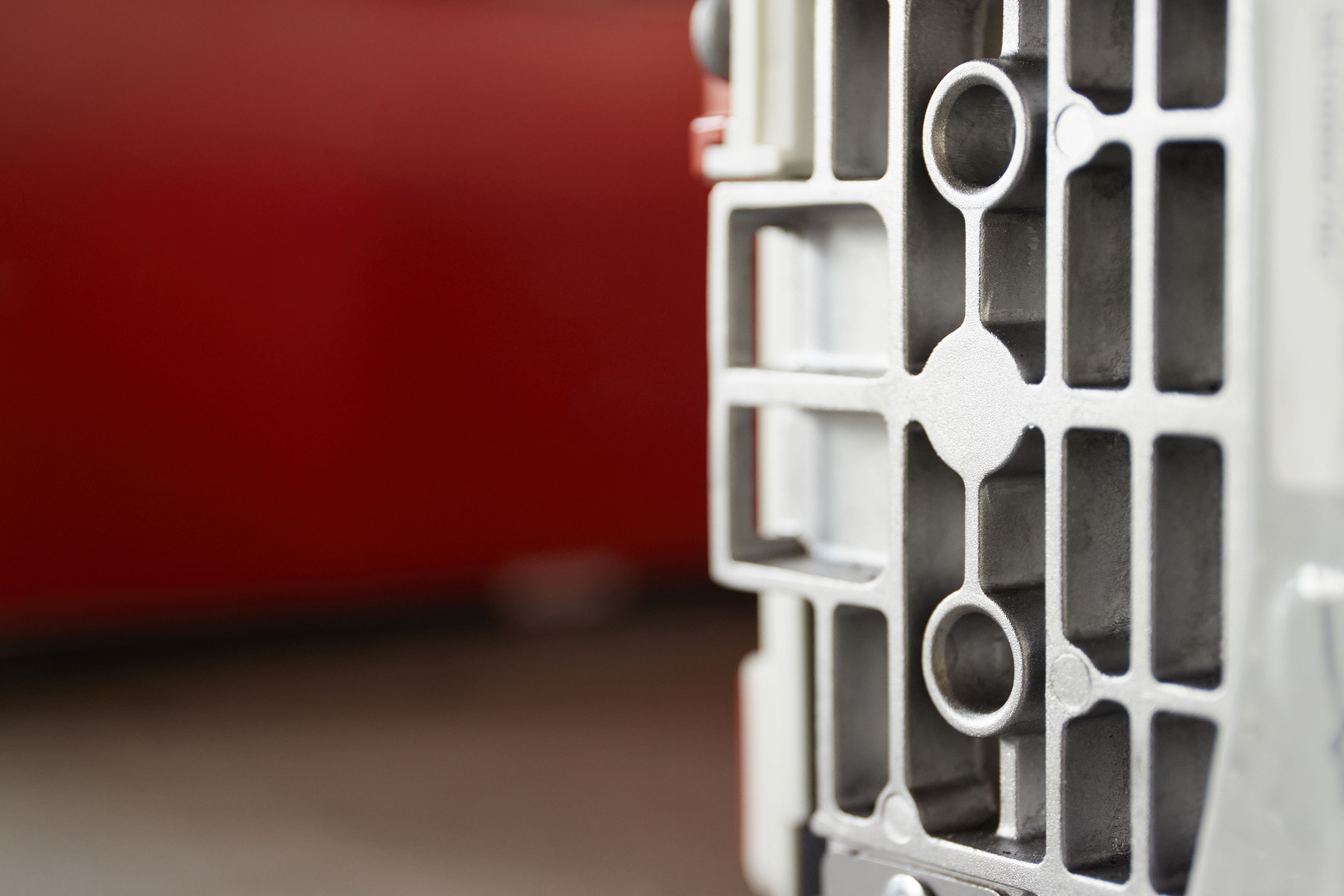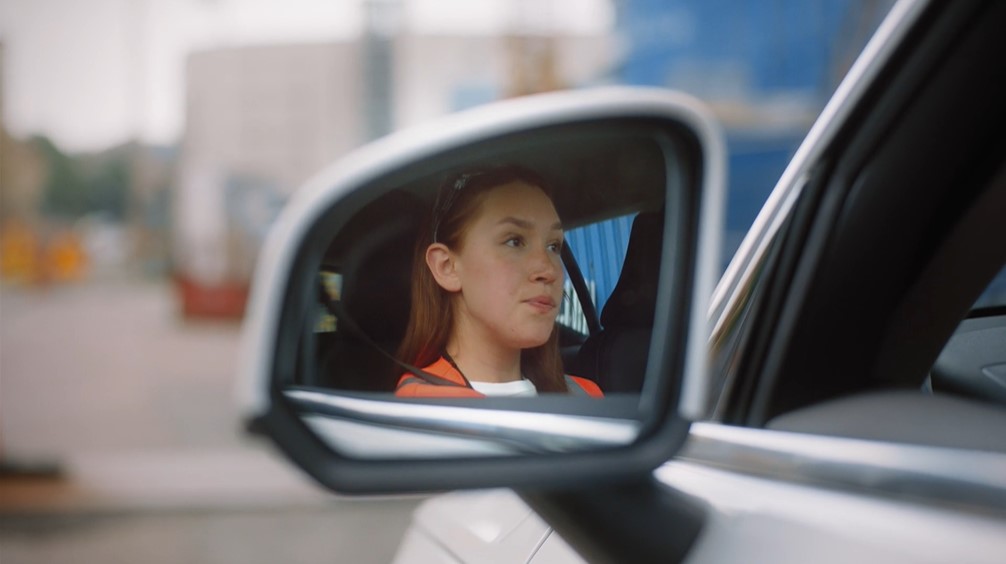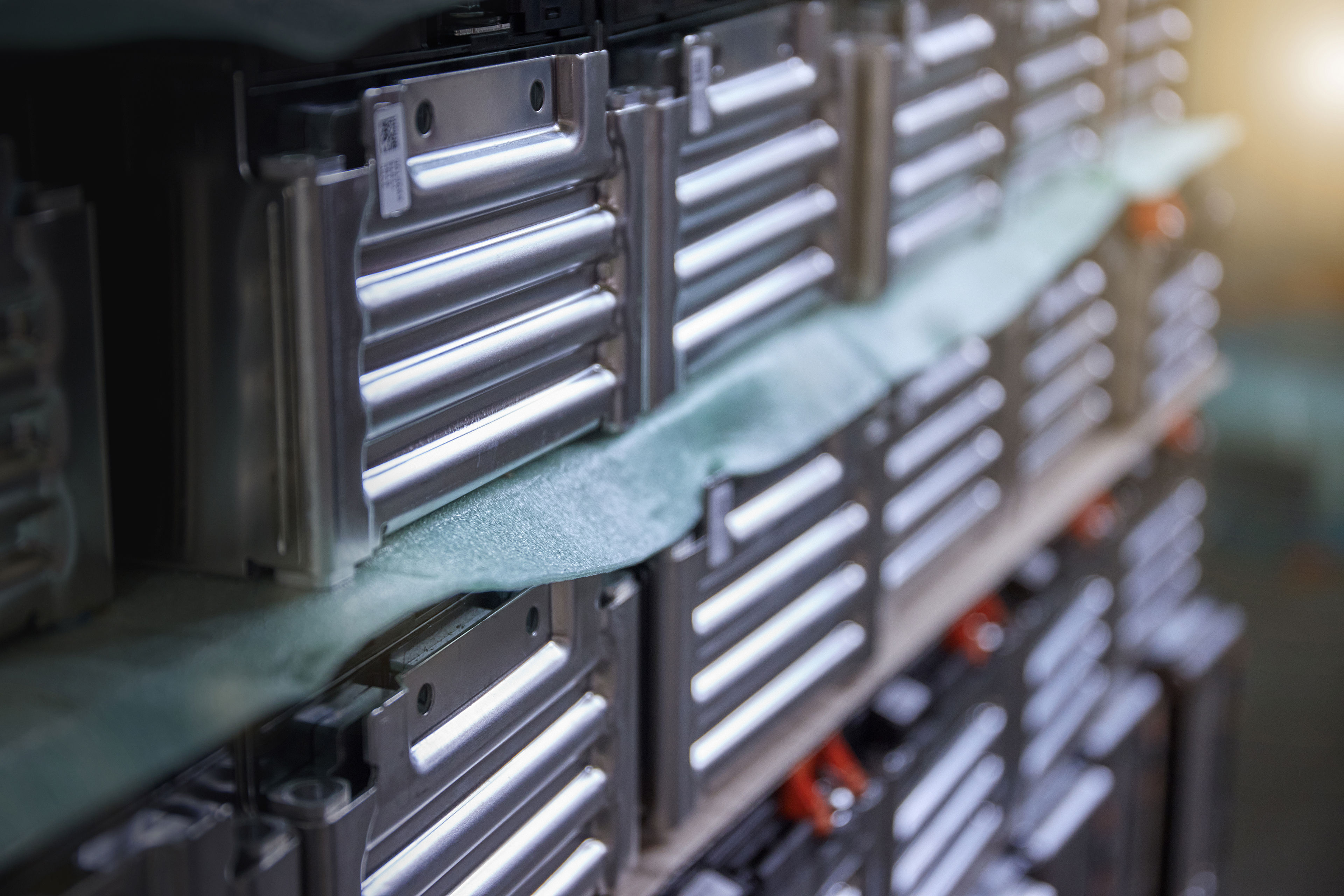- Material recycling
- Plastic
- Paper
- Electronics
- Metals
- Batteries
- Vehicle batteries
- Hazardous waste
- Alternative raw materials
- Industry solutions
- Manufacturing
- Public sector
- End-of-life vehicles
- Automotive
- Retail
- Process industry
- Infrastructure
- Recycling services
- Waste collection and recycling
- Total waste management
- Outsourcing
- Demolition
- Reuse
- Confidential services
- Stena Circular Consulting
- Why circular economy?
- About Stena Circular Consulting
- Circular business solutions
- Success stories & tools
- Meet the team
- Insights & Inspiration
- Guides & Articles
- Videos
- Events

News & Insights
Questions and answers
Do you consider using old batteries from electric vehicles to store energy from photovoltaic installations? If yes, where could we get this?
Our sister company, BatteryLoop, offers energy storage systems with second-use batteries to store energy from renewable energy resources as photovoltaic panels. Please check out BatteryLoop’s website for more information and contact persons: www.batteryloop.com.
Polestar: How do you recycle your car batteries?
Polestar will collaborate with Volvo’s Regional Battery Centres, which will become hubs for battery management – determining and sorting batteries according to their condition and state of health to choose the most sustainable pathway for their end of life – some will end up in second life applications, some will be remanufactured or parts reused. The rest will be sent to a commissioned recycling partner, where the battery materials will be reincorporated into the manufacturing of new batteries.
Polestar: The diagram you showed on the screen, is it based on cars from 2020/21 or older?
The LCA diagram is based on car models from 2021.
Compared to other battery recycling providers - when does Stena Recycling expect their battery recycling plant to run production across Europe?
We are currently active in Sweden, Poland, and Germany. By February 22, we are starting operations in Denmark, by June in Finland, and by summer in Norway. At a later stage, we will also begin operations in Germany. Further expansion will follow the market development.
Do you have any forecast on what volume of Li-Ion batteries will be recycled in 2025 and 2030?
The volume predictions regarding batteries for recycling display numbers across a big scale. We have been in close dialogue with Hans Eric Melin and Circular Energy Storage. The volumes are, according to their predictions, about 600.000 t/a in Europe by 2030.
Are you planning to build a pure Li-Ion recycle line for the future or rely on capacity on the current recycle lines? If yes, what capacity and what investment will the line require?
We are closely monitoring the market landscape and will adapt accordingly. The size of future investments is hard to predict, but industrial capacity will require significant investments in infrastructure, machinery, and safety.
I’m a Market Analyst, and one of my projects currently is working around the cycle of batteries in the UK. We can see that Europe has really pushed for this battery recycling initiative; what can we do as a continent to work collaboratively with industry leaders in Asia?
From Stena’s side, we visited the major recyclers in China before Covid-19 and enjoyed much and relevant information exchange. After assessing all relevant technological offers, we decided to follow another technological path. Nevertheless, we had a very fruitful two-way dialogue with several Asian actors in the early phases of our project.
Is there no technology available to identify the type of battery if it’s not labeled? It is possible to use x-rays to find pipes or electricity inside walls. Wouldn’t it be possible to do something similar for batteries?
You’re on the right track. X-ray is one of the techniques we are evaluating to identify the chemistry of batteries.
Damaged lithium-ion batteries are dangerous. How do you transport them to your plants?
You are right. Damaged lithium-ion batteries must be handled with special care as they can potentially catch fire, leak hazardous liquids or give of hazardous gases. When transporting damaged batteries, we use bespoke safety containers to prevent accidents. An example of such a container is shown in our film, describing the handling and dismantling of a spent electric vehicle battery.
Watch the film here.
Is it possible to reuse lithium in an indefinite number of cycles?
The number of cycles a second use battery can be used is linked to the amount of power we need to take out, the so-called C-rate. So it’s not possible to run an indefinite number of cycles. We have a prognosis that an energy storage system with second-use batteries can have a life length of over seven years, depending on cycling, of course.
When it comes to lithium specifically, it is possible to recycle lithium repeatedly, but there will be small losses each time. Therefore it’s not possible to recycle it indefinitely. It is essential to find process solutions that are as efficient as possible, with small losses.
It was stated that the responsibility of recycling batteries lies in the hand of the producer. What is meant by this statement? If a person buys a car, it is then the car owners’ possession, and it is he or she who decides what to do with the car or the battery. Who is then responsible for the recycling?
In the EU, as well as in Norway, the responsibility of taking back and recycling vehicles that have reached their end of life lies on the producer/importer. This is regulated in the European ELV directive, as well as in the Norwegian national ELV directive. The same goes for the batteries in electric vehicles. As the owner of a car, you have a responsibility to dispose of it in the right way when it has reached its end of life. The producer is responsible for making sure it is recycled according to what is stipulated by law.
You are right that the owner decides what to do with the car or the battery at the end of life. The producer/importer is responsible for having a takeback system fulfilling the requirements in the legislation. If the owner delivers the ELV to this takeback-system, then the producer is responsible also for the recycling. If the owner decides not to deliver the ELV to the takeback system, it is out of control for the producer/importer.
BatteryLoop: Since there is no standard “second-hand” market for batteries from electric vehicles, is it a challenge for you to source batteries from electric vehicles? Do you partner with any specific car maker? How do you know that a battery from an electric vehicle is suitable for an energy storage solution?
Very good remarks. The battery packs are not standardised, as they are linked to respective OEM designs. We are working with both commercial vehicle OEM’s, like Volvo Bus, with which we have a global agreement to purchase their second use batteries. We also work with Volvo Cars; please see our web page for user cases.
We are checking the batteries according to our standards and requirements, and we need about 15 signals from the battery management system (BMS) to do this.
Have you thought of a method to recycle the neodymium magnets used in electric vehicle motors? If yes, what is the method you take into consideration?
There is currently very little commercial value in recycling rare earth metals (REM) in general. This is partly due to the production methods used, where the REM magnets are usually small, brittle, and very magnetic in a steel construction. To make matters worse, they are often glued with very potent glues to stabilize the construction. This means dismantling becomes very costly and resource-demanding. This makes the recycled REM material more expensive than virgin material. Without legal support, the recycled REM can not compete on the open market.
How do you currently detect the gases and hazardous chemicals produced by the batteries? As you know, there are dozens of dangerous gases generated by batteries.
When storing the batteries, we have installed a combination of sensors to monitor unwanted reactions - one of them being “sniffers” pinpointed at elevated levels of identified gases from reacting batteries.
New tech is coming very quickly to repurpose batteries and make them even better than new ones. Are you exploring some of these new techs?
We are following this but can not see this as a solution for us.
Are you planning to create new industrial units in other countries? I am looking for an industrial partner for a project in Portugal.
Currently, we are focusing our operations on Sweden, Poland, Germany, Denmark, Finland, and Norway. Unfortunately, we currently have no plans for any industrial units in Portugal. We would, however, like to find potential recycling partners in Spain and Portugal.
For further information

The battery product life: trends and initiatives in the value chain
Using lithium-ion batteries is a great resource for manufacturing new ones. But it's important to manage them properly throughout their product life. From designing them to recycling the materials. Are you in control of your batteries?

Answers from our experts - the future of battery recycling
We received many interesting questions from the audience attending The Future of Battery Recycling webinar. Here we have collected all the questions and answers. The answers are provided by the experts who participated in the event and Stena Recycling's R&D department.
Share article




